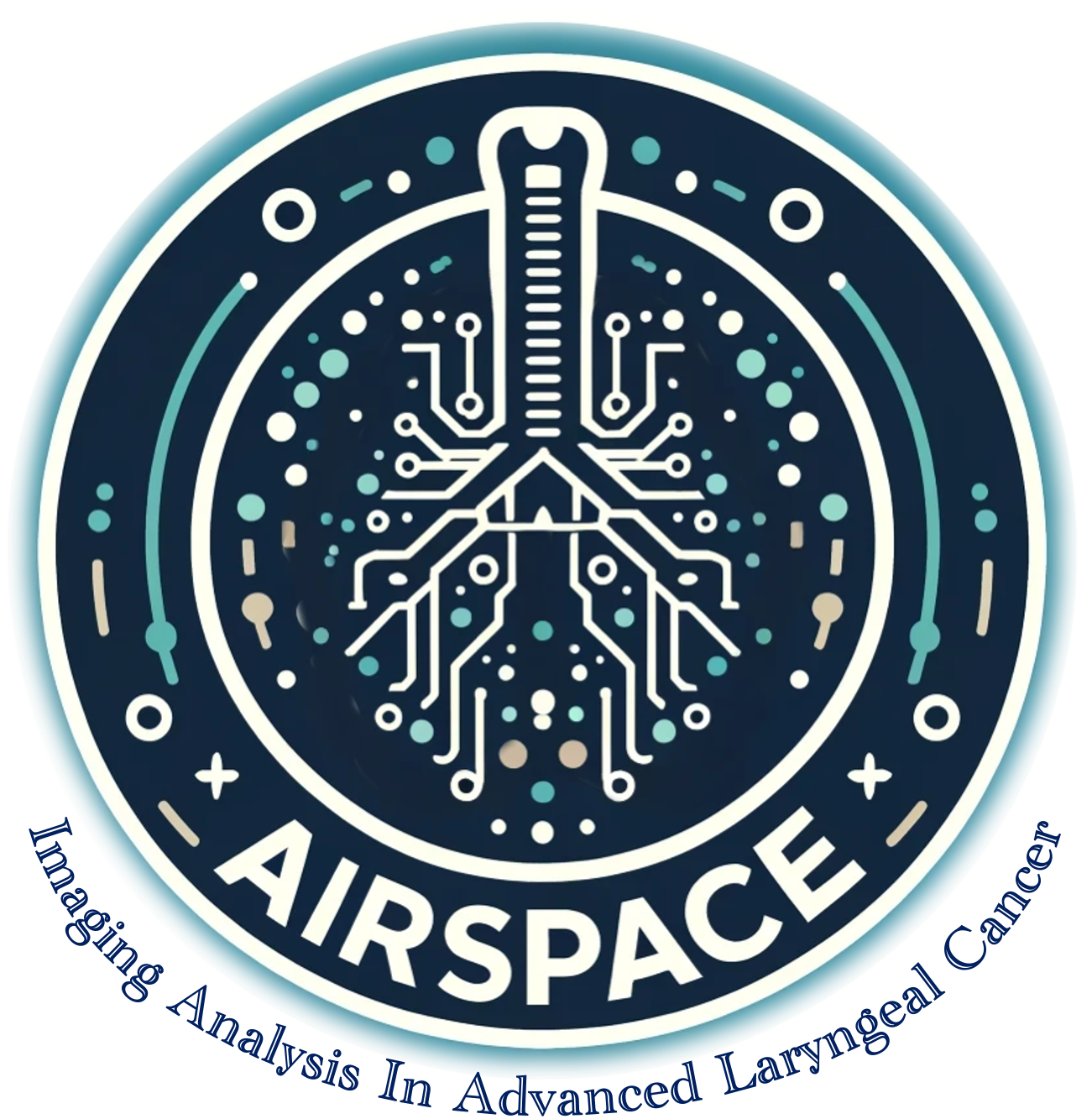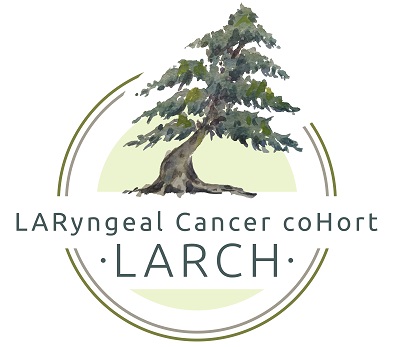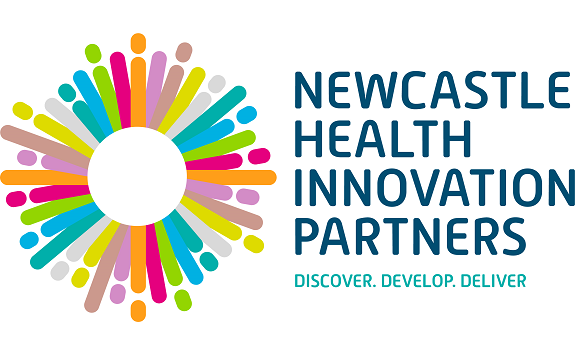Methods & Proposed Plan Of Investigation
1. Databases
1) Newcastle Upon Tyne NHS Hospitals (NuTH) (Retrospective)
Patients with advanced laryngeal cancer will be identified from a retrospective pre-collected NuTH MDT database. Newcastle hospitals have data leading back at least 10 years which allows sufficient time for clinical follow up data.
2) Laryngeal Cancer Cohort (LARCH) (Prospective)
LARCH is led by Mr David Hamilton and has received funding from MRC & NIHR, through the Clinical Academic Research Partnership. It aims to produce a clinical cohort of patients with laryngeal cancer in order to define precision medicine in the disease – the first such database for this disease in the world. As part of this database radiological data will also be routinely collected for analysis. This study will recruit from eight high throughput head and neck cancer centres in the north of England; in time, it will expand from here. LARCH provides the head and neck community with a unique opportunity to gather a wealth of radiological data on patients with head and neck cancer, linked to outcome. This will be a wealth of data that can be analysed to further solidify and explore the value of radiomics in laryngeal cancer. LARCH will have requested informed consent and permissions for using clinical and imaging data for research purposes. LARCH also has ethical approval in place.
2. Inclusion & Exclusion Criteria
Inclusion Criteria
- CT imaging from patients with locally advanced laryngeal cancer T3 or T4 as per the American Joint Committee on Cancer (AJCC) TNM staging system [41] (8th Edition)
- Images must be taken before biopsy and prior to treatment initiation
- Images must contain supporting clinical data including at least treatment modality received, time to last follow up or mortality, disease recurrence
Exclusion Criteria
- Inadequate clinical data
- CT images of non-identifiable tumours or affected by artefact
- CT scan/images unavailable
3. CT Imaging & Radiomics Feature Extraction
Contrast enhanced CT scans will be extracted in DICOM format from the databases. All scans will be anonymised ensuring removal of all patient identifiable information. Harmonisation is a method to account for multi-scanner usage and reduce the impact of different acquisition potocols on radiomic feature extraction. Validated harmonization techniques (e.g. ComBAT) will be employed. Harmonisation is a method to account for multi-scanner usage and reduce the impact of different acquisition protocols on radiomic feature extraction.
Two head and neck consultant radiologists will assist in the delineation of the regions of interest (ROI). Subsequently an array of textural features will be extracted using LifeX. To do this, the radiomics software package - LIFEx - will be used. LIFEx allows calculation of conventional, histogram-based textural and shape features from many imaging modalities including CT, MRI & ultrasound.




